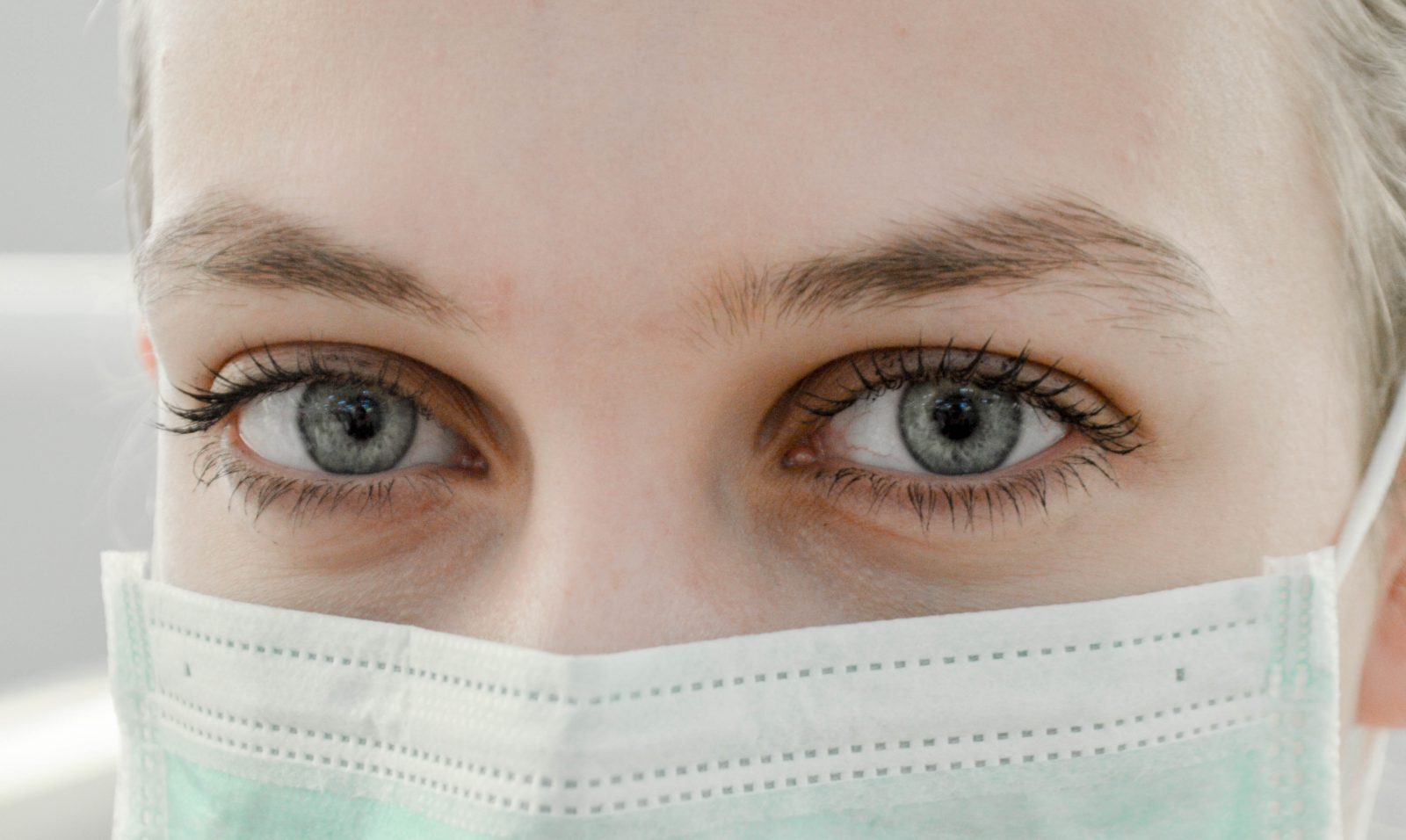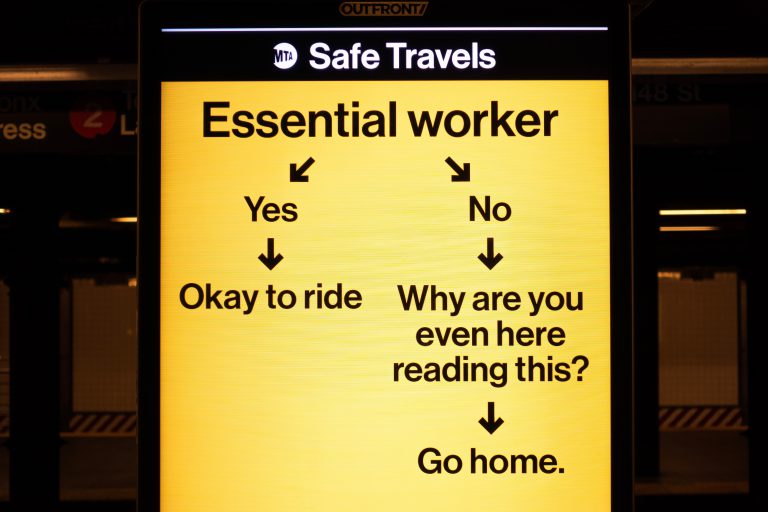In late December 2019, China was awakened with news of plague-like virus that was spread like wildfire. The virus, which is reported to have started in the Wuhan area, has now spread rapidly all over the world, with nearly 50 countries currently affected by the disease.
As the disease covers the world, individuals have become more aware and eager to know more about the disease to help protect themselves.
The symptoms of the coronavirus are one of the most frequently asked questions. According to the Centers for Disease Control and Prevention (CDC), the symptoms of COVID-19, include fever, cough, and shortness of breath. The symptoms may appear in two days and as long as 14 days following exposure to the virus.
Many individuals also relate the virus to flu, which could potentially mean that it’s only “seasonal.” However, there’s no substantial evidence to confirm this notion. There remains the possibility that despite COVID-19 being similar to the flu because of their comparable symptoms, it’s still early to tell due to the lack of valuable information about the virus.
Nancy Messonnier, the director of CDC’s National Center for Immunization and Respiratory Diseases, also stated that she hoped the virus would begin to disappear when the weather warms up, but “it’s premature to assume that.”
The diagnosis of COVID-19 is also one of the most frequently asked questions that are going around today. Individuals who suspect that they have the virus are encouraged to call their doctor’s office before they visit. This is to alert the medical facility first about their situation so that they can prepare for the arrival of a potentially infected patient. If individuals confirm that they have the COVID-19 virus, the doctor will contact the state and local health departments.
A new study published in Radiology also showed evidence that chest CT is a useful tool to diagnose the disease.
People all over the world have also been more curious to know about how the virus spreads. Experts believe that COVID-19 spreads from person to person—people within approximately 6 feet of each other and through cough or sneeze droplets. There’s also a possibility that it spreads through contact with infected surfaces. One aspect is for sure, however, that the virus isn’t airborne, but it does spread quickly.
A vaccine for the disease is still not available, and it could take up to a year before it is released to the public. There is also no drug treatment yet for the virus. As of today, doctors treat symptoms of infected patients orally, while individuals with more severe cases are recommended to be confined in the hospital.
The CDC also has released a guideline on how to prevent and avoid contracting the COVID-19 virus. It includes avoiding close contact with sick people, not touching eyes, nose, and mouth, and staying home when sick.
COVID-19 is still being examined by experts. There remains to be no substantial evidence to support an immediate cure, while the accuracy of diagnosis continues to show remarkable developments. For this reason, individuals need to be aware and be more conscious of taking care of their health to help prevent the spread of the disease.
Read and subscribe to Dose of Healthcare for more developments in the health sciences.
















